When Americans think of Japanese cuisine, sushi is often the first dish that comes to mind. Yet, what many know as “sushi” in the United States only scratches the surface of this rich culinary tradition. From its humble beginnings as a preservation method to its current status as a globally celebrated fine dining experience, sushi embodies Japanese cultural values of craftsmanship, seasonality, and aesthetic beauty.
The True History of Sushi: From Preservation to Delicacy
Contrary to popular belief, sushi didn’t begin as the fresh, artfully crafted bites we know today. The earliest form of sushi, known as narezushi, originated over 1,000 years ago as a method of preserving fish by fermenting it with rice. The rice was actually discarded, and only the preserved fish was consumed.
The sushi we’re familiar with today began taking shape in Edo (now Tokyo) during the 19th century. A street vendor named Hanaya Yohei revolutionized sushi by creating nigiri-zushi – hand-pressed rice topped with fresh fish – which could be eaten immediately, no fermentation needed. This “fast food” of the Edo period eventually evolved into the refined culinary art we now recognize.
Understanding the Different Types of Sushi
Many Americans use “sushi” as a blanket term, but in Japan, specific names distinguish various styles:
- Nigiri (握り寿司) – Hand-pressed rice topped with fish or other seafood
- Maki (巻き寿司) – Rice and fillings wrapped in seaweed (nori)
- Temaki (手巻き寿司) – Hand-rolled cone-shaped sushi
- Sashimi (刺身) – Sliced raw fish (technically not sushi as it contains no rice)
- Chirashi (ちらし寿司) – A bowl of sushi rice topped with a variety of sashimi
- Inari (稲荷寿司) – Fried tofu pouches filled with sushi rice
- Oshi (押し寿司) – Pressed sushi, a specialty of Osaka
Each style has its own preparation techniques and cultural significance, reflecting the diversity within Japanese cuisine itself.
Sushi and Japanese Cultural Values
Sushi represents far more than just food in Japanese culture—it embodies core cultural values:
Shokunin Spirit (職人精神)
The concept of shokunin refers to artisans who dedicate their lives to mastering a craft. Traditional sushi chefs (itamae) train for years, sometimes decades, before being considered masters. This apprenticeship system ensures techniques are preserved and refined over generations.
A proper sushi chef masters numerous skills:
- Selecting the finest fish at markets
- Precise knife techniques for different seafood
- The art of rice preparation (considered more important than the fish)
- Proper seasoning and temperature control
- Intuitive understanding of customers’ preferences
Shun: The Importance of Seasonality
The Japanese concept of shun (旬) refers to eating ingredients at their peak season. Traditional sushi restaurants change their menus constantly to reflect what’s freshest and most flavorful at that moment. This seasonal awareness creates a connection to nature’s rhythms and ensures the highest quality dining experience.
Minimalism and Presentation
The visual presentation of sushi embodies the Japanese aesthetic principle of ma (間) – the appreciation of negative space. A piece of nigiri represents minimalist perfection: a simple combination of rice and fish that allows the quality of ingredients to shine without unnecessary embellishments.
Sushi Etiquette: How to Eat Sushi the Japanese Way
For Americans looking to appreciate sushi as the Japanese do, here are some essential etiquette tips:
- Eat nigiri in one bite – This preserves the balance of flavors the chef intended
- Dip fish-side down in soy sauce – Never the rice, which would absorb too much sauce and fall apart
- Go easy on the wasabi – Quality sushi already has the perfect amount applied by the chef
- Appreciate the progression – Traditional omakase (chef’s choice) meals are designed to be eaten in a specific order
- Use hands for nigiri – It’s perfectly acceptable, even preferred by purists, to eat nigiri with your fingers
- Ginger is a palate cleanser – Not a topping for your sushi
The Rise of Sustainable Sushi
As sushi’s global popularity has exploded, concerns about overfishing and environmental impact have grown. In America, a new generation of sushi chefs is pioneering sustainable approaches:
- Serving underutilized, abundant species
- Partnering with responsibly managed fisheries
- Offering plant-based alternatives
- Educating diners about seafood sustainability
This evolution honors sushi’s historical roots as an adaptable cuisine that has always changed with the times and available ingredients.
Beyond California Rolls: Exploring Authentic Sushi
While California rolls and spicy tuna have their place, adventurous American diners are increasingly seeking authentic Japanese sushi experiences. Here’s what to try on your next visit to a traditional sushi restaurant:
- Uni (sea urchin) – Creamy, oceanic, and intensely flavorful
- Aji (horse mackerel) – Light, clean flavor with a slight sweetness
- Kohada (gizzard shad) – Silver-skinned fish with a distinctive tangy taste
- Tamago (egg omelet) – The mark of a skilled chef; deceptively simple yet difficult to perfect
- Anago (salt-water eel) – More delicate than the popular unagi (freshwater eel)
Finding Great Sushi in America
The quality of sushi in the United States has improved dramatically in recent decades. To find the best experience:
- Look for restaurants where the chef has trained in Japan
- Observe whether the sushi chef maintains a clean workspace
- Choose places with a visible fish case displaying fresh seafood
- Be willing to sit at the counter and engage with the chef
- Consider restaurants that offer omakase (chef’s choice) menus
The Cultural Experience of Omakase
For the ultimate sushi experience, try omakase (お任せ), which means “I leave it up to you.” In this dining style, the chef serves a progression of seasonal specialties, often engaging with customers to gauge preferences and adjust accordingly.
An omakase meal is not just about food—it’s cultural immersion. The interaction between chef and diner creates a unique experience that reflects the Japanese concepts of hospitality (omotenashi) and mindful attention (iki).
Making Sushi at Home: Tips for Beginners
While mastering sushi requires years of training, American home cooks can enjoy making simple rolls:
- Start with good rice – Short-grain Japanese rice is essential
- Season properly – Rice vinegar, sugar, and salt in the right proportions
- Buy the freshest fish possible – Or start with cooked ingredients like crab or shrimp
- Invest in a sharp knife – Essential for clean cuts
- Have fun with it – Temaki (hand roll) parties are a great way to introduce friends to sushi-making
Conclusion: Sushi as a Cultural Bridge
Sushi has transcended its origins to become a global phenomenon, yet still retains deep connections to Japanese cultural values. By understanding and appreciating the traditions behind this iconic cuisine, American diners can experience not just a meal, but a moment of cultural connection and artistic appreciation.
Whether you’re a sushi novice or connoisseur, there’s always more to discover about this fascinating culinary art form that continues to evolve while honoring its rich heritage.
Have you had an unforgettable sushi experience? Are you curious about trying more authentic Japanese sushi? Share your thoughts in the comments below!
Looking to explore more Japanese cuisine? Check out our guides to ramen, tempura, and traditional Japanese tea ceremony to continue your culinary journey through Japan.
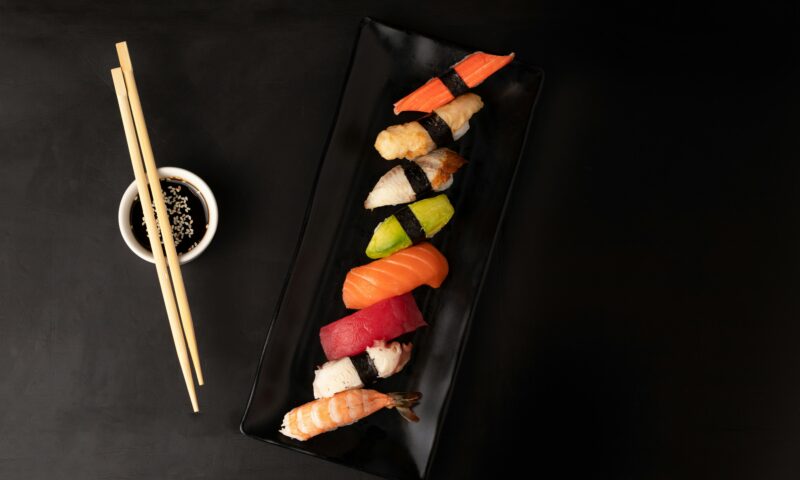

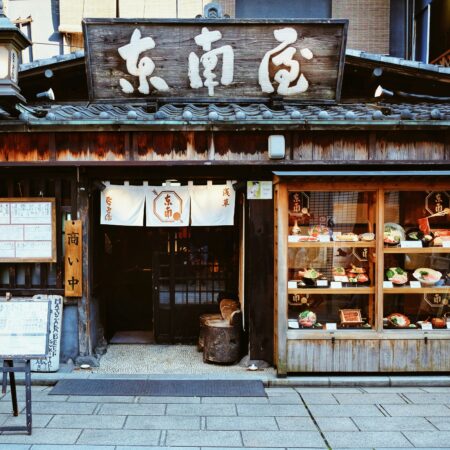
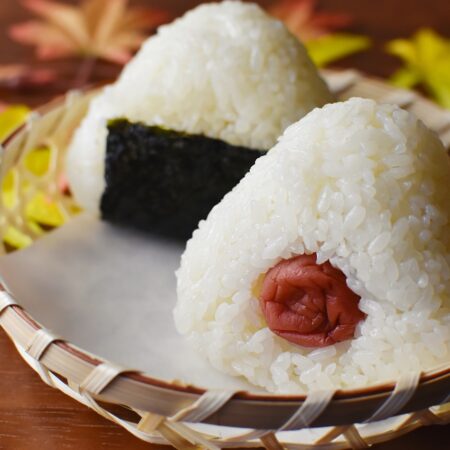
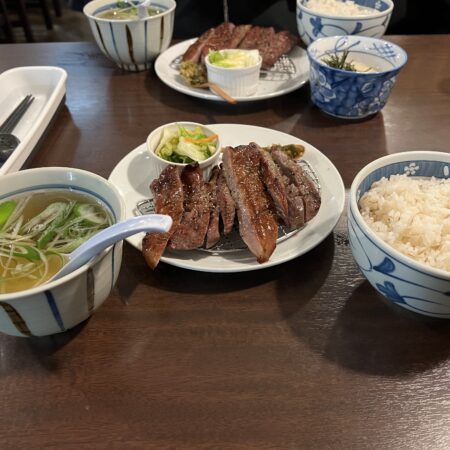
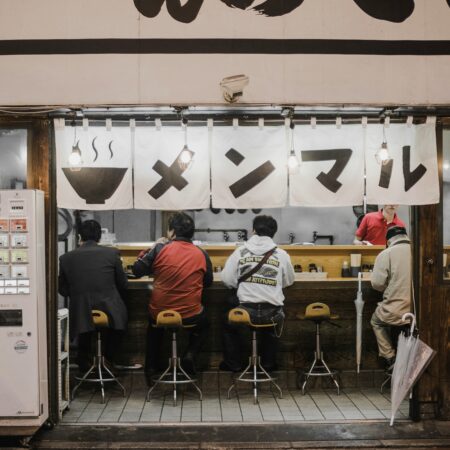

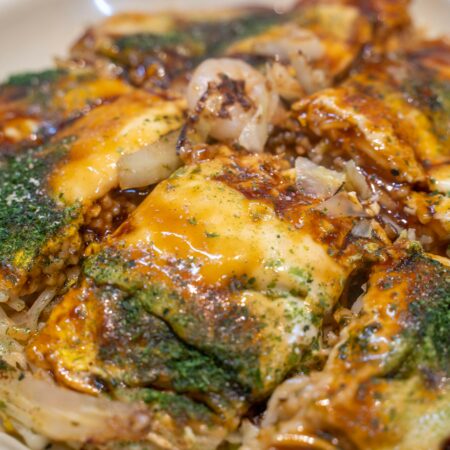
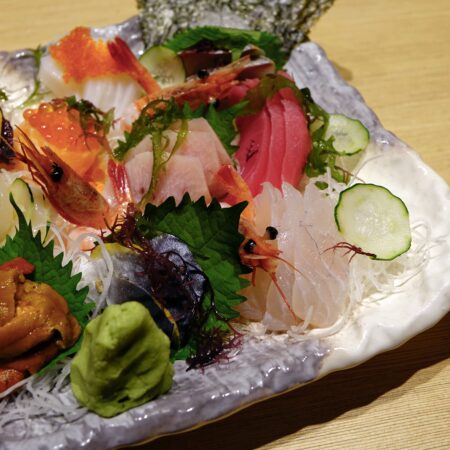
コメント